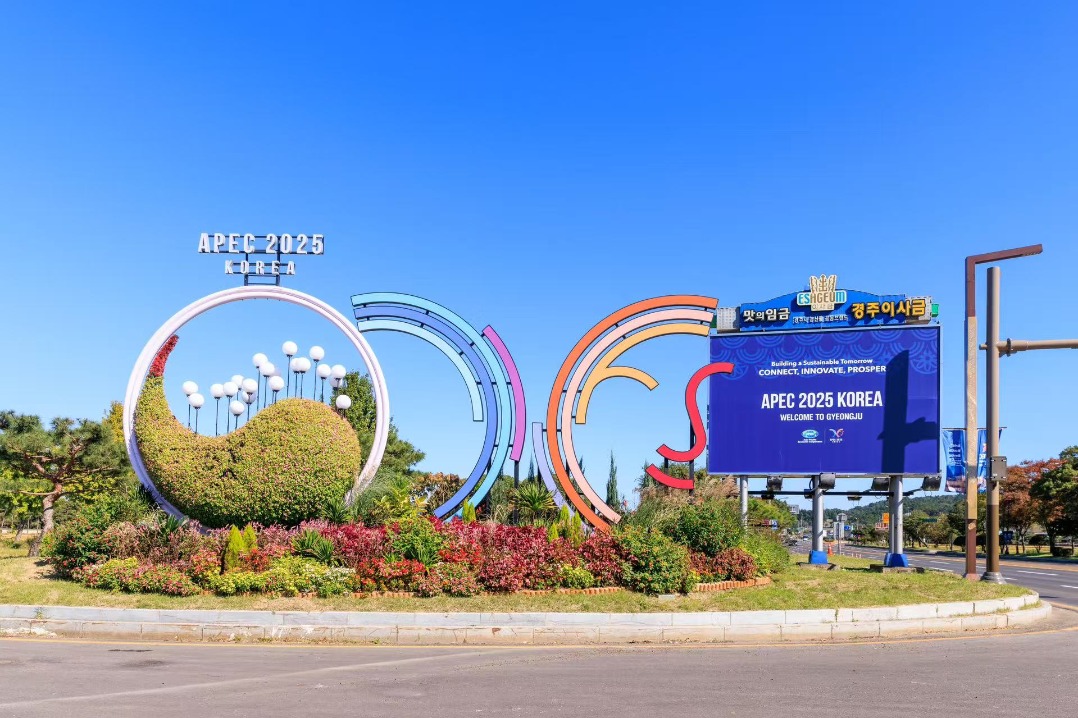Optimizing urban system crucial for country


Editor's Note: China has unveiled a guideline to promote high-quality urban development. The country's major cities continue to expand while small cities are shrinking, raising the questions of whether cities experiencing a loss of population and land lying idle should be merged, and how the next phase of large-scale urban renewal will pan out. Gao Guoli, head of the National Development and Reform Commission's China Center for Urban Development, spoke to National Business Daily on these issues. Below are excerpts from the interview. The views don't necessarily represent those of China Daily.
Cities will experience different rates of growth in the coming years. Cities with large populations and higher overall competitiveness, especially some cities in the eastern coastal region, will keep expanding. But a few cities in the central, western and northeastern regions, due to their single industrial structure, are witnessing loss of development factors, population outflows and land lying idle.
These "shrinking cities" could be merged or integrated. This is an international trend, and we should adapt to it and guide it in the right direction.
The scale and capacity of the expanding cities should be kept within a reasonable range so as to avoid excessive growth that could lead to urban maladies. For cities suffering from loss of development factors and continuous shrinkage, response measures should be tailored to local circumstances, based on their development potential and vitality.
Some cities could also consider integrating resources and spatial layouts with surrounding cities. China has rich experience in township mergers, but the country has not seen any large-scale city merger. Many county-level cities were established only 20-30 years ago and are still developing. If industrial and population loss can be curbed, building small yet distinctive and competitive cities is also in line with the needs of modern urban development.
As a country with a large population and vast territory, China is characterized by significant regional differences. Therefore, optimizing a modern urban system is crucial. The urban development must adhere to the fundamental principles of zoning, grading and categorization.
Different regions of China have different geographical conditions, levels of socioeconomic development as well as stages of urbanization and industrialization. These differences mean that each region should be treated differently and tailored measures should be taken when optimizing the modern urban system.
Grading is a distinctive feature of China's urban system. The country has municipalities directly under the central government, vice-provincial cities, prefecture-level cities and county-level cities. Different administrative levels entail different powers in economic and social management, as well as different capacities and means for resource allocation. Therefore, differentiated measures must be adopted according to the administrative level of each city.
Chinese cities differ in their functional roles. Some are strong in cultural tourism, while others score high on logistics and commerce. Some are border cities while some focus primarily on ecological protection. Different types of cities require different policies.
Building a well-structured modern urban system requires efforts at "both ends". At one end are mega and superlarge cities that serve as the centers of modern city clusters and metropolitan areas. A large share of the population and industries is concentrated in these city clusters and metropolitan areas. These areas also boast the highest levels of economic development and opening-up and are front-runners in driving high-quality urban development nationwide. Therefore, this end must pursue cluster-based, networked development to enhance the overall competitiveness.
On the other end are the numerous counties and county-level cities, which serve as vital links between urban and rural areas and are important "reservoirs" that support local urbanization.
Counties and county-level cities are relatively scattered yet essential spatial units in China's territorial layout. Given their varied scales and diverse functions, formulating sound optimization policies for them is critical.


































